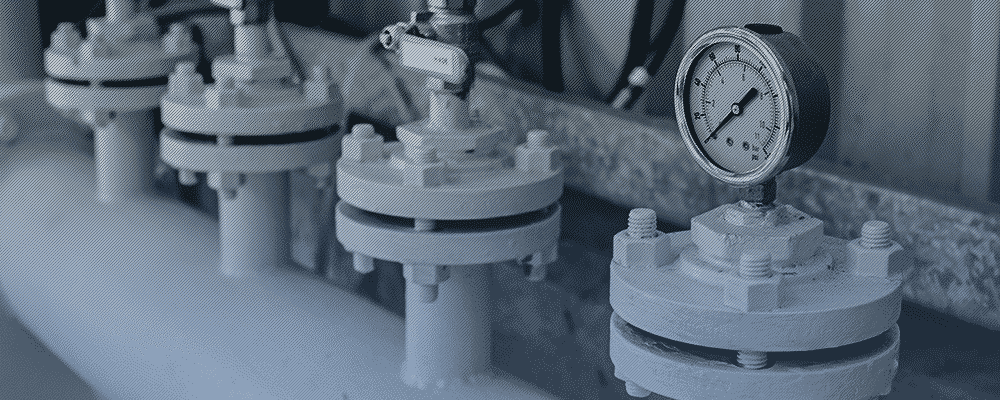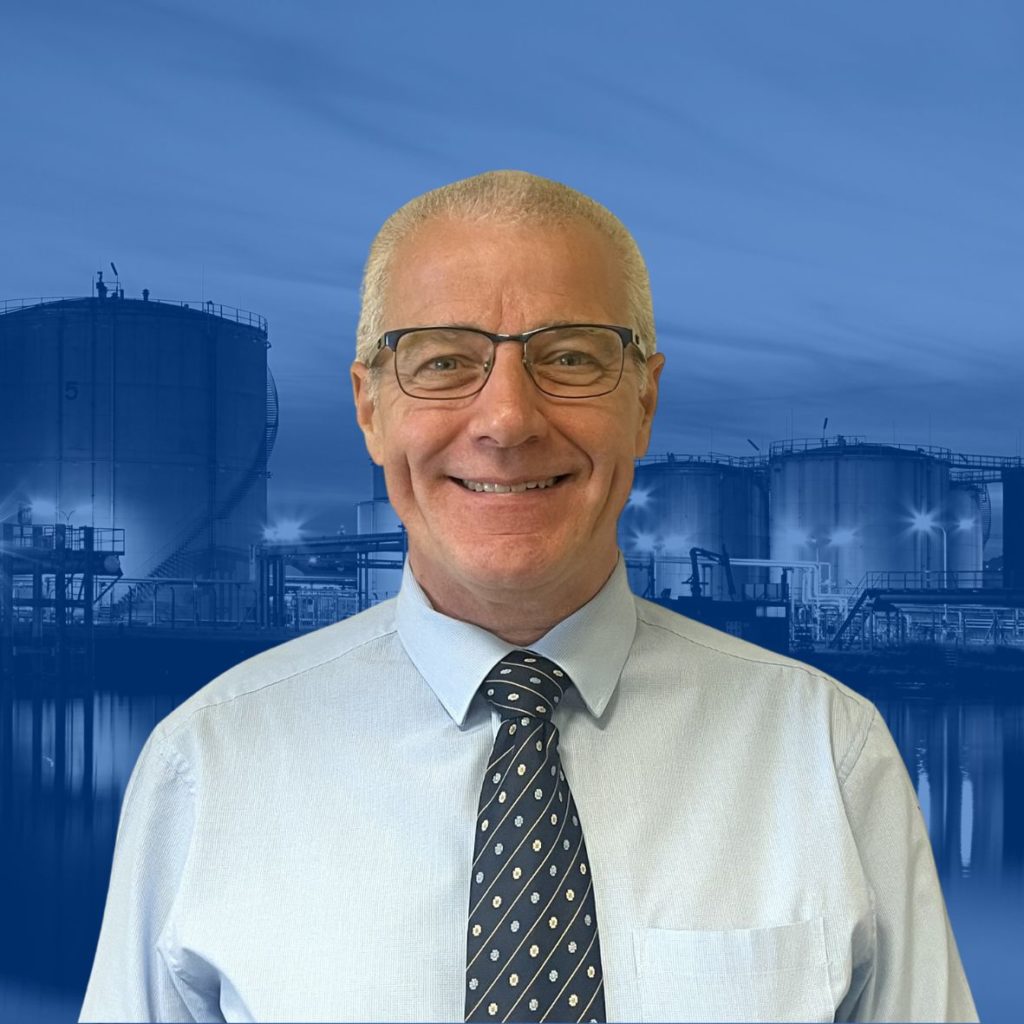

Latest Article

July 25th, 2025
Shaping Competence Together: Building a Culture of Competence in High-Hazard Industries
Other posts by this author
July 25th, 2025
Shaping Competence Together: Building a Culture of Competence in High-Hazard Industries
August 21st, 2023
Reynolds Returns to the TSA Conference & Exhibition
June 28th, 2023
TSA Publishes 2023 Annual Review
Categories
Competency Health and Safety Articles Health and Safety News Health and Safety Training In-House News Industry News Online Health and safety Process Training Reynolds Training Services rts Training Course Trending Uncategorized
Written by John Reynolds
December 11th, 2017
rts
As a broad definition:
The phrase process safety is used to describe production and processing activities on high hazard sites which carry the potential to cause widespread damage.
An unsafe process could, for instance, lead to fatalities, injuries and environmental damage. This differs to personal safety accidents whereby impact of the event is often far more isolated.
To really get to grips with process safety though, let’s break it down into its two constituent parts:
‘process’ and yep, you’ve got it, ‘safety’.
A process pertains to any activity – or combination of activities – which involve the use, storage, manufacturing, handling and movement of hazardous substances.
Think of safety as our individual and collective sense of being and feeling safe at work. This freedom from danger isn’t merely a product of positive thinking, though. It is cultivated by control systems and engineering functions designed to prevent or reduce the risk of injury and incidents.
Process + Safety =
“A blend of engineering, management, and operational skills focused on preventing catastrophic accidents; particularly explosions, fires, and toxic releases associated with the use of chemicals and petroleum products.”
Source: Centre for Chemical Process Safety
Training tip
“Think of process safety as relating to incidents that typically have a low likelihood of happening but, when they do, the consequences are far higher.”
Alan Oxborough, Reynolds Training Services process safety specialist
Written by John Reynolds
December 11th, 2017
rts

Let’s get
learning together!
Lines open Monday to Friday, 9am to 5pm, GMT

Prefer to talk by email?

Send a message to
enquiries@reynoldstraining.com
or fill in the form and a member of our safety team is standing by to help.
- John Reynolds